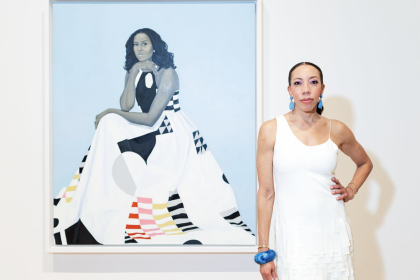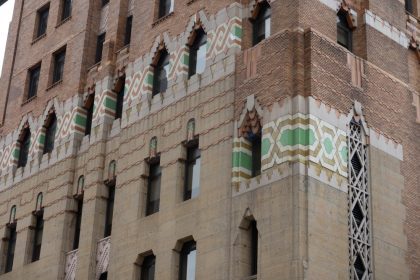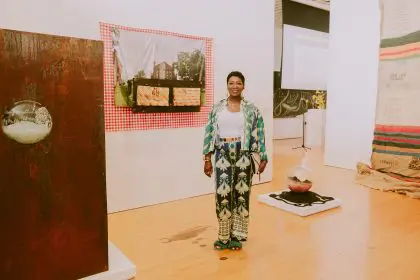The recent removal of a mural depicting Vice President Kamala Harris in Atlanta has left many in the community with a sense of disappointment and reflection. Originally painted to inspire voting, the mural had become a symbol of representation, pride and hope. With its erasure, residents are left to process complex emotions, highlighting the significance of public art in advocating for visibility and representation.
The role of the mural in the community
The mural was created by Atlanta-based artist Christopher Clark, and its location in a popular neighborhood meant it became a daily source of inspiration for many. Vice President Harris — as the first Black and South Asian female to hold the role — has represented a significant breakthrough in American history. For many in Atlanta’s Black community, the mural symbolized the power of perseverance, reflecting a moment of victory that extended beyond politics to resonate with cultural pride.
From its first days, the mural drew attention, becoming a point of connection for those inspired by Harris’ journey and leadership. This visibility carried deep significance, especially in a city where art and public spaces serve as platforms for community expression. For some, the mural’s presence was a personal affirmation of achievement, possibility and a reminder that change is within reach.
A temporary art piece with a lasting impact
According to REVOLT, Clark explained on Instagram that his artwork was intended to be a temporary installation, as the wall it adorned regularly features rotating art. However, many people were unaware of this intent, and its removal came as an unexpected and painful reminder of the challenges faced by marginalized communities in retaining their visibility and achievements. While the mural’s removal was planned as part of a routine schedule, the timing has led to a range of interpretations, including speculation over possible political motivations.
The broader reaction on social media revealed that this was more than just a mural for many people. Comments and posts shared sentiments of disappointment and frustration, with several expressing how the mural served as a reminder of progress and visibility. The reaction underscored how, for many, the mural wasn’t simply about Harris herself but represented a visual marker of the community’s resilience, the journey of Black women, and the strides made toward equality.
Art reflecting societal realities
Public art, particularly murals, has long served as a medium to reflect both the triumphs and struggles of society. From large-scale paintings on city walls to symbolic statues in public squares, these works of art embody collective memories, aspirations and calls to action. The Harris mural was no different. Each day it stood, it mirrored a part of the community’s identity and the progress made over years of hard-fought battles for representation.
For the people of Atlanta, this was more than just an image. It was a daily reminder of what was possible, especially for young Black women who, in seeing Harris’ likeness, could better envision themselves in influential roles. The mural’s disappearance has reopened familiar conversations about representation and equity — conversations that feel both deeply personal and collective.
The legacy of the mural’s message
Though the mural no longer graces the wall in Atlanta, its legacy remains in the minds and hearts of those who connected with it. The mural may be gone, but the community’s call for continued progress in representation and visibility endures. This moment has underscored the role of public art in not only shaping identity but also inspiring social movements and fostering a sense of belonging.
In the wake of the mural’s erasure, Atlanta residents are reminded of the power of art to reflect both society’s advances and its challenges. While symbols like the Harris mural serve as milestones, they also highlight the need to persist in advocating for representation that feels both permanent and celebrated.
The power of the mural was not just in its presence but in the legacy it has left behind: a legacy of visibility, pride and the importance of representation in all spaces. As Atlanta continues to grow and evolve, this moment encourages reflection on how public spaces can champion voices and stories that matter, reminding us all of the importance of keeping these symbols — and the ideals they represent — alive.

















